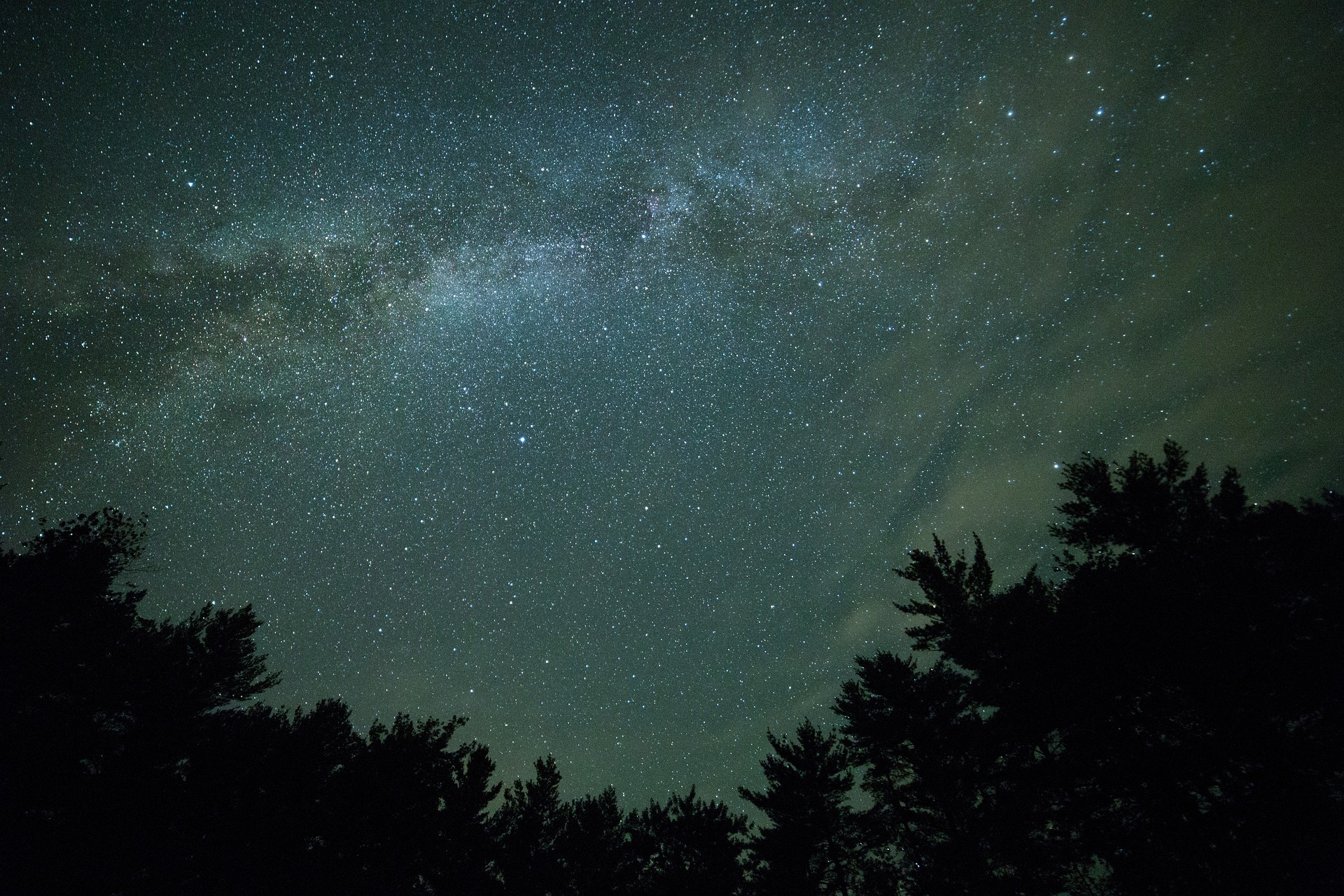Passion of the people – 1.7.6
Legislation, standards and guidelines against
light pollution in Europe. Dark Skies certification
Countries against light pollution
More and more European countries work on regulations and legal provisions to prevent excessive outdoor lighting. Until now, legal provisions have focused on astronomical observation sites, on the prevention of light trespass, and, to promote energy savings. Overall, knowledge and the readiness for comprehensive implementation—including oversight—are still lacking in many countries and national as well as regional authorities.
Better together: EU efforts
In the meanwhile, also the European Union has stepped up efforts on the matter. The 2022 report, “Lightpollution reduction measures in Europe”, summarizes strategies, technical standards and guidelines that are implemented on the European level. The report was issued by the Czech Ministry of the Environment during the Czech rotating Presidency of the Council of the European Union in the second half of 2022. The Czech Republic placed a special focus on light pollution during its stint, epitomized by the “Brno appeal to reduce light pollution in Europe”, a riveting call for actions against light pollution on the level of the EU and also of neighbouring countries.
The European Green Deal framework tackles the theme in the Zero Pollution Action Plan, which lists light pollution as “an emittant of emerging concern”. Efforts are underway to include light pollution in the Zero pollution monitoring scheme.
From traffic lights to pollinators
The “Green Public Procurement Criteria for Road Lighting and Traffic Signals” or GPP guidelines are aimed at public authorities of all EU member states. They govern the environmentally friendly procurement of traffic lighting systems and beacons. Instructions on preventing light pollution have been taken into consideration.
Light pollution is also listed as one of the drivers of pollinators decline in the EU´s pollinators initiative.
Dark Sky Certification
More and more regions around the world want to offer their guests and residents a “window to the starry sky” and apply for dark sky certifications of their regions. Organizations like the International Dark Sky Association (IDA) have established programs and awards for the protection for the night sky and the natural nocturnal landscape. In several European countries, there are specially listed “night sky areas” who undertake special measures against light pollution.
How to get a dark sky certification
To protect the dark night sky and preserve it for future generations, the IDA designates International Dark Sky Places. To obtain this status, regions must undergo a rigorous application process. The quality of the night sky as well as efforts to preserve it and measures to reduce light pollution are assessed. Ongoing monitoring of the quality of the sky ensures that the requirements are met.
Further resources
Links below will redirect you to external websites. In accordance with the European data protection declarations, we would like to point out that by clicking on these links you may send data to external providers. We cannot prevent that.
Videos
![]() Who is the International Dark-Sky Association (IDA)
Who is the International Dark-Sky Association (IDA)
 Light reduction, interview with FFF Kufstein (Fridays For Future Kufstein)
Light reduction, interview with FFF Kufstein (Fridays For Future Kufstein)
On line resources
![]() Website of Helle Not: Legislation, Standards, Guidelines
Website of Helle Not: Legislation, Standards, Guidelines
![]() Overview on Legislation in selected European countries (LONNE network)
Overview on Legislation in selected European countries (LONNE network)
![]() Website: International Dark Sky Association
Website: International Dark Sky Association
Further readings
Teaching Materials
For Kids
 „Die Umweltberatung“ hat Unterrichtsmaterialien für berufsbildende Schulen erstellt
„Die Umweltberatung“ hat Unterrichtsmaterialien für berufsbildende Schulen erstellt
 Wissens- und Methodenbox „Kunstlicht, Nacht und Sternenhimmel“
Wissens- und Methodenbox „Kunstlicht, Nacht und Sternenhimmel“


